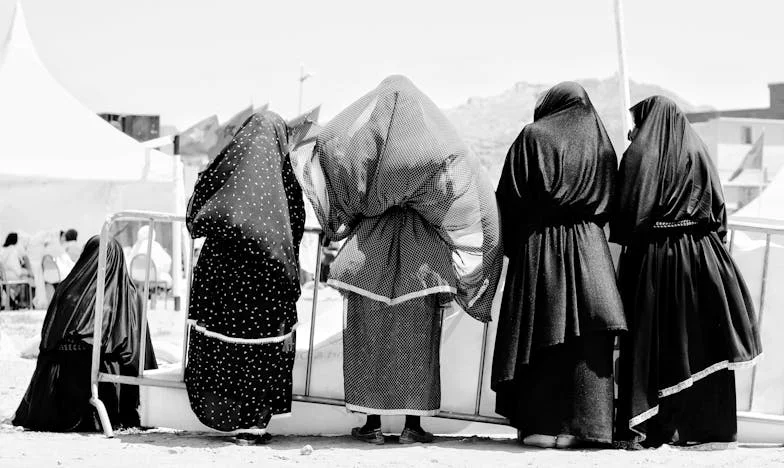Understanding the Five Stages of Group Development: Insights from PsychMechanics
Introduction
In any collaborative environment, whether in the workplace, in educational settings, or among social circles, understanding the dynamics of group development is crucial. Psychologist Bruce Tuckman’s theory of the five stages of group development provides a robust framework for understanding these dynamics. This article explores each stage through real-life examples involving five individuals: Vincent, Dylan, Joe, Naomi, and Peyton.
1. Forming
The forming stage is characterized by high expectations and a polite but superficial exchange among group members. It’s a phase of orientation and getting acquainted. Imagine a new project team at a tech company, including Vincent, a seasoned project manager, and four other members: Dylan, Joe, Naomi, and Peyton. Initially, everyone is on their best behavior, trying to understand the project scope and how their teammates work. There’s excitement and perhaps anxiety about the new relationships and tasks ahead.
2. Storming
As the team starts to settle, personal and professional clashes often emerge, leading to the storming stage. This phase is marked by conflict and competition as group members start to push against the boundaries established in the forming stage. For instance, Dylan might challenge Vincent’s approach, believing a more innovative path might yield better results. Meanwhile, Naomi, who is more reserved, might feel overwhelmed by Joe’s assertive personality. This stage is crucial for the growth of the group, as confronting and resolving these conflicts strengthens the team.
3. Norming
Once the group navigates through its conflicts, the norming stage begins. During this phase, members reconcile competing loyalties and responsibilities. They accept the individuality of fellow members and work towards harmony. Peyton, who is adept at digital marketing, finds ways to support Naomi’s creative ideas, integrating them with the team’s goals. The team establishes norms and roles become more flexible. Vincent, seeing the potential in fostering a collaborative environment, encourages open communication and shared leadership.
4. Performing
The performing stage is where high levels of independence, motivation, and knowledge define the team’s operations. The group’s energy is now channeled towards task performance. Members are proactive, and their skills complement each other effectively. For example, Joe’s analytical skills and Dylan’s creative thinking combine to streamline a major phase of the project, leading to innovations that significantly boost the team’s performance. At this stage, the team operates efficiently towards achieving their goals.
5. Adjourning
Tuckman later added a fifth stage, adjourning, which involves the disbanding of the group after achieving its goals. This stage can be emotional, as members separate after intense shared experiences. For Vincent, Dylan, Joe, Naomi, and Peyton, the project’s completion brings a sense of accomplishment mixed with uncertainty about future endeavors. Reflections on personal growth and achievements characterize this phase, along with discussions about future collaborations.
Conclusion
Understanding the stages of group development not only helps in anticipating the challenges a group might face but also provides strategies to effectively navigate these challenges. By recognizing the characteristics of each stage, leaders like Vincent can guide their teams more adeptly, fostering environments where all members like Dylan, Joe, Naomi, and Peyton can thrive. This framework is invaluable for anyone looking to enhance their group dynamics and achieve collective success.
This practical approach to the stages of group development, illustrated with real-life examples, offers readers a deeper understanding of interpersonal and group dynamics, essential for personal and professional growth.
